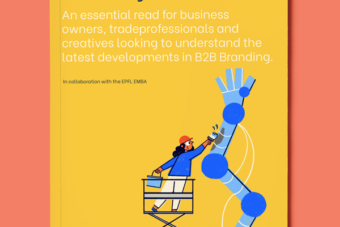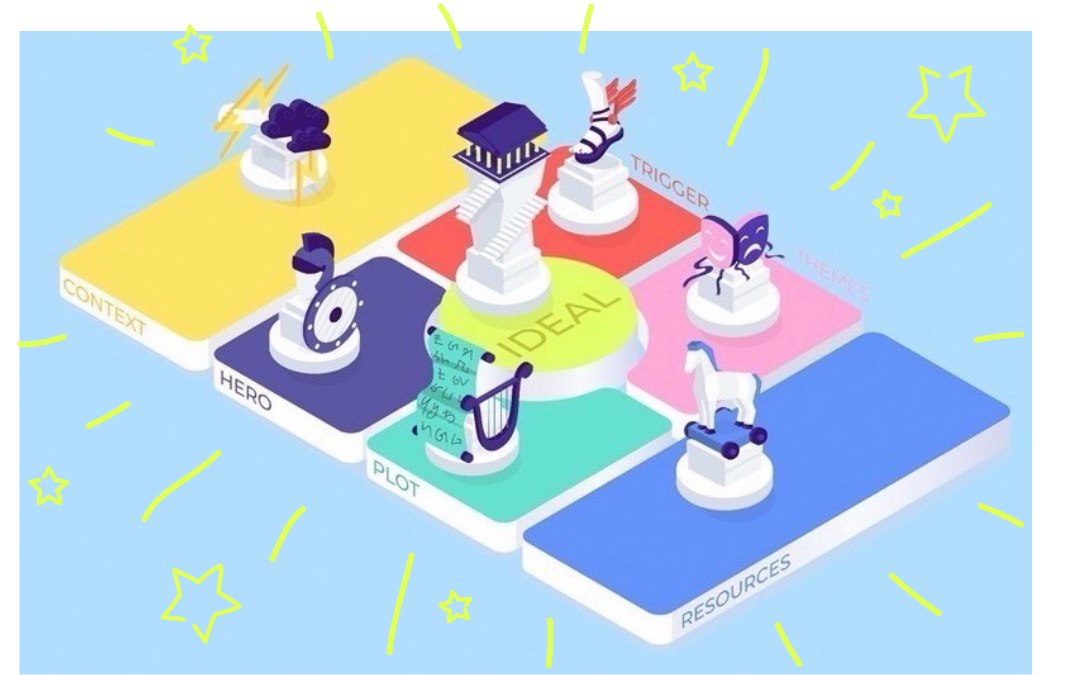Tackle misconceptions
Not all companies have the coffers of a GE or an Airbus with regards to their branding budgets. Even large and profitable companies are always looking for a positive return on investment– a measurement that can be hard to calculate when it comes to branding investment. For B2B companies, this budget headache all too often leaves marketing departments with scraps. And that’s when companies actually have a dedicated marketing department. “In Switzerland, we have this habit of mixing up marketing and sales,” says Martin Hedman, Director at engineering firm Meili Technology. This creates confusion over roles, resource allocation and KPIs – a concern shared by many of the executives we interviewed.
- As for brand strategy, many of our interviewees confirmed the discipline is not yet fully understood by many non-marketing executives. The marketing community is partly to blame for this, too often indulging in jargon, or using references or examples from the B2C world that don’t resonate with the specific challenges B2B companies have to face.
- The prevalence of product-based marketing also hinders the development of branding, as investing in the brand can be seen as a frivolous pursuit in comparison to the established practices and metrics of product advertising.
- Finally, there is a long-held myth that the cost of branding is too high for many B2B SMEs. Whether it’s budget or internal resources, branding is too often perceived as a luxury, a “nice to have” extra. “We don’t always have the internal resources to make the brand live,” says Yann Duscher of industrial machine manufacturer Crevoisier SA, a sentiment echoed by many executives we talked to. This impression can be explained by the fact that brand building takes time, yet rarely contributes to short-term sales.

“We don’t always have the internal resources to make the brand live.”
A long-term investment
Branding does, however, drive long-term benefits such as brand awareness, brand loyalty and price premium. The known catchphrase “Nobody ever got fired for buying IBM” is a good demonstration that B2B companies can build strong brand equity. Leaders who understand that branding is a long-term investment that impacts their company inside and out can build a lasting competitive advantage. One that cannot be copied by advertising or promotions
An appreciating asset
At Creative Supply, we believe a good brand is an asset that brings visibility, authority and desirability to a company. Provided it is used strategically, a brand is an asset that appreciates with time. This vision is shared by Isabel Cerliani, Managing Founder at consultancy Unfold: “Today, branding is becoming more and more like a strategic tool that can help guide a company.” Indeed, a brand affects all products of a company and remains constant even as product lines change. As new product development cycles get shorter and copy-cats get faster, a brand acts as the “north star” of a company. It shows the future ahead while remaining timeless in essence.
Think beyond name and logo
More and more companies are now seeing their brand not just as an inherited name and logo, but as a reflection of who they are as a business – a projection that can help attract customers, motivate internal stakeholders, and adapt to changing times and market disruptions. Recognising the importance of strategic-level branding, banking giant Credit Suisse recently moved to revamp its Marketing & Communications department. Tillman Fuchs, VP of Global Branding at Credit Suisse, explained to us how Credit Suisse devised a single, global brand strategy for all their divisions, centred around the idea of entrepreneurship. By streamlining their messaging, Credit Suisse was able to better manage their resources and strengthen their communication around a positive message: if Credit Suisse is the entrepreneurs’ bank, then all of their customers, even those who are not entrepreneurs, can partake in the entrepreneurial “spirit,” with all its positive connotations.

“Today, branding is becoming more and more like a strategic tool that can help guide a company.”
, Managing Founder, Unfold:
Measure branding success by its impact
Looking at brand performance measurement, it is possible to assess and control your branding spend, using both financials (ROI, sales growth, etc.) and “non-financials” (brand recognition, number of followers on social media, etc.). Crucially, the success of a brand strategy is not measured by its output (quantity of content produced), but rather by its impact. In the B2B world, it’s better to create one very good brand video than a set of mediocre shorts. Overall, it is better to proceed incrementally, starting with institutional content that can be internalised by staff and customers alike, and gradually branch out as circumstances and budget allow. In the words of Steve Cattin, Growth Hacker at smart office fridge startup FELFEL: “Build a strong base for your brand platform, and try to anticipate future growth. That way, when it happens, you’ll be ready to expand without losing yourself.”





